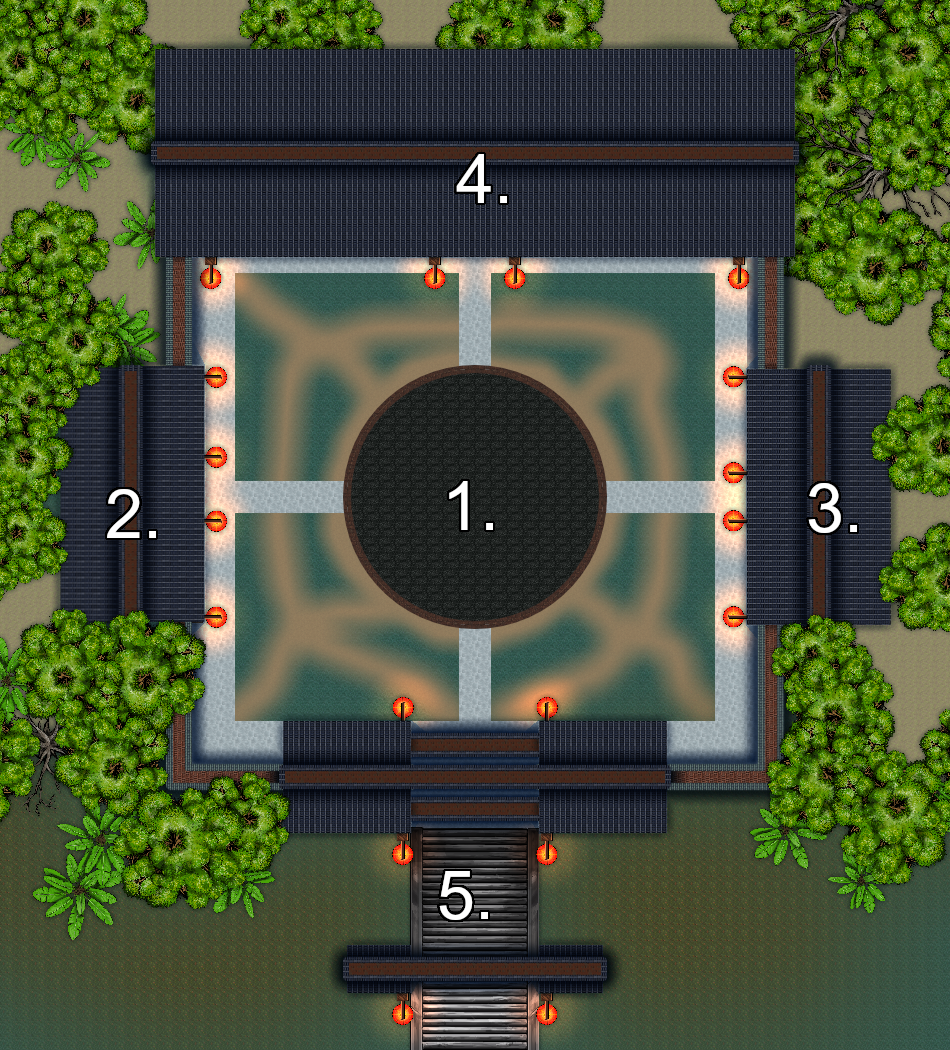Ventar - The Universe
Ventar can best be described as either the supreme being in the universe, or the universe itself. The Fevarik believe that Ventar embodies all of creation and all of the void at the same time. All things that are good, evil, light, and dark were created by them. Other than stories from earlier versions of the universe, Ventar doesn't play a large role in Fevarik society. they watch over all of creation, ensuring that balance is maintained. If it is not maintained, then they will destroy the universe and start over. The Tarik claim to work to prevent that from happening, but many of them try to pursue their own goals which is what throws the universe out of balance. The Star Ventar is considered a personification of their physical form. Humans may know this star by the name Betelgeuse
Tari
Regalti can contribute to keeping the universe in balance by worshipping their favored Tari. Tari (Plural: Tarik) has several meanings to the Fevarik. There is no separate word in their language for "God", so beings that other Regalti would consider gods like Baultar, Vala, Sevi, and more are described with the same word for what other regalti would consider for lesser beings like spirits. When the word God/Goddess is used, it is generally a helper term for non-Fevarik to determine which Tari is a physical being and which Tari is a concept or unseeable spirit.
Modern Fevarik separate the Tarik into three distinct groups, the Entarik, which are the first children of Ventar, the Keltarik, which are the grandchildren of Ventar, and the Notarik, lesser spirits and beings. The Entarik and Keltarik can be described as greater and lesser gods, but it shoud be noted that concepts with no physical being like time and emotions can be considered to be Entarik, even though there is no god of time or god of emotions.
The only beings that aren't described as Tarik include Ventar, and all living beings. When a Regalti dies, and when any living being dies they become a Keltari. Most Regalti ascend to the afterlife when they die. Those that stay on Collena are lost spirits that died without balance in their lives. They become Notari, and are often contained in special shrines so they don't escape and ruin the spiritual balance of other Regalti.
Selection of Entari
Vala - The Sun Goddess.
Sevi - The Moon Goddess.
Mintar - God of Force.
Halana - Goddess of Ice.
Baultar - The Toxic God.
Kellentar - Combined God of the Earth and Sea.
Sentar - God of crafts.
Kinta - Goddess of Animals.
Zefalna - Spirit of Creation.
Lorna - Spirit of the Void.
Shorna - Spirit of Time.
Marna - Spirit of Emotions.
Selection of Keltari
Arta - God of the Sky.
Eshani - Goddess of Luck.
Tula - Second Sun Goddess.
Rensa - Goddess of Ruins.
Mirda - Volcano Spirit.
Minta - Lightning Goddess.
Shentar - Spirit of Metal.
Ikon - Spirit of Quicksilver.




Comments
Author's Notes
If you liked the article, please consider leaving a comment or clicking that like button. If you didn't like the article, please leave a comment and tell me your criticism so I can improve as a writer.1/11/2022: Updated article cover image to just have primary religious symbol of Ventar. Originally also had symbols of Vala and Sevi. Arranging the symbols to look like eyes staring at you looked super cool, but doesn't really fit the style of the rest of my world, nor does it have any actual meaning when arranged like that in the context of this religion.
ADDITIONAL NOTES
(Will integrate into article and sub articles later)
The Entari with physical forms, the greater Gods, are all depicted with four arms. Regalti have two arms and two "tails" coming out of the dorsal area of their backs. The Keltari with physical forms, the lesser Gods, are only depicted with two arms and no extra arms or tails. This is related to the old Fevarik belief that their tails were useless and were cut off as infants. It was believed that they originally had four arms like the gods, until Baultar decieved the Regalti and lesser gods, leaving them with useless atrophied limbs. The artistic depictions of the Entari and Keltari stayed the same, even after science proved Regalti never had four arms and the Fevarik abolished the practice of removing the tails.
If I were to describe this religion by using Earth religions as examples....take equal parts of Hinduism, Shinto, Mesoamerican religion, and then sprinkle a little bit of Native American shamanism on top.
Vennek Mythology plays heavily into cycles of creation and destruction, similar to Mesoamerican religions and their five suns myth. Only in this case, it was the same sun through five separate ages. Vala, Goddess of the Sun, was gradually growing and lighting the world during these distinct ages. She started off giving a pale violet glow, but also eventually gave off a red, green, blue, and finally, yellow light.
Sevi, the Moon Goddess, is the most important deity in Vennek religion, because Sevi (and her physical embodiment the moon Sephar) goes through several phases, spending equal time within the light of creation and in the darkness of the void. Sometimes she falls into darkness and her sister Vala has to rescue her. Because of this, she is often seen as the most mortal-like, seemingly the most balanced of the gods but at the same time the most corruptible.
The many, many Regalti practices of offering Sevi spirit energy and holding festivals in her honor are also meant to evoke the same feeling when interacting with your fellow mortal, helping them in times of need and not being afraid to ask for help when you yourself are in a time of need.
Mintar, God of Force, is known as the great constant. He is also known as the God of Gravity. He is the only deity in Vennek religion that hasn't changed at all in four thousand years. He is considered the least corruptible of the gods and is unchanging in his beliefs. Whatever Ventar commands, he will see it done. He was responsible for creating the force known as gravity at the end of the fourth age, when Ventar commanded all of the Entari to stay away from Planet Collena. Because of this, all of the greater gods are trapped on specific heavenly bodies, far away from Collena. They slowly wander the sky, almost unable to change the course of their worlds. Vala and Sevi have the most freedom to move their worlds, followed by Tula and Sentar.
Update Notes